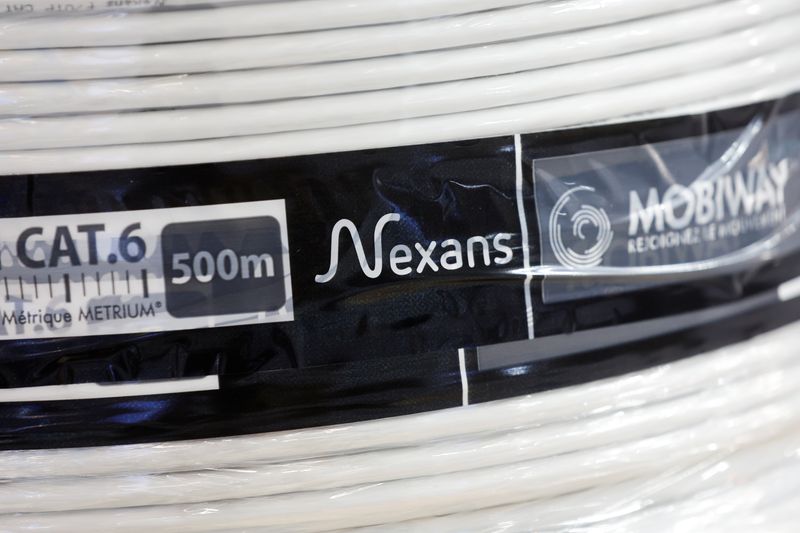By Nathan Vifflin and Alessandro Parodi
(Reuters) - Nexans (EPA:NEXS) said on Wednesday it would turn its U.S.-based plant into an export hub if the offshore wind sector was challenged under Donald Trump's second stint as president.
The French power and data cable specialist's plant in Charleston, South Carolina makes undersea cables used by the U.S. offshore wind market.
During its Capital Markets Day event, Nexans management said it could redirect U.S.-made cables to Europe with little impact on its margins.
Nexans' deputy CEO and Chief Financial Officer Jean-Christophe Juillard, said he was confident the company is not at risk even if Trump halts all U.S. offshore wind projects in the next four years.
The offshore wind industry is bracing for a U.S. impact, with two of the world's biggest players in the sector, Siemens (ETR:SIEGn) Energy and RWE (LON:0HA0), warning of challenges and potential delays for the technology slammed by the president-elect on Wednesday.
Competitor and the world's largest cable maker, Prysmian (BIT:PRY), told Reuters on Wednesday its transmission business backlog of 18 billion euros ($19.13 billion) is entirely concentrated in Europe, with no U.S. exposure.
The Italian cablemaker, which has a significantly larger presence than Nexans in the U.S., holds about 40% of the global power transmissions market, a Prysmian spokesperson said.
"We do not see any material impact from the Trump presidency on our orders, as we continue to see this business segment to be driven primarily by Europe," he added.
Analysts said after the election that long-term visibility on U.S. offshore wind volumes has been reduced, while manufacturers with a local presence would have an advantage against foreign imports thanks to proposed tariffs.
"Prysmian could also use European capacity to fulfil U.S. projects in the future," analysts at Jefferies said on Tuesday.
The company sees the global transmission market to stay at an annual 15 billion euros until at least 2030.

($1 = 0.9410 euros)
(This story has been officially corrected to specify that the forecast is an annual figure in paragraph 11)